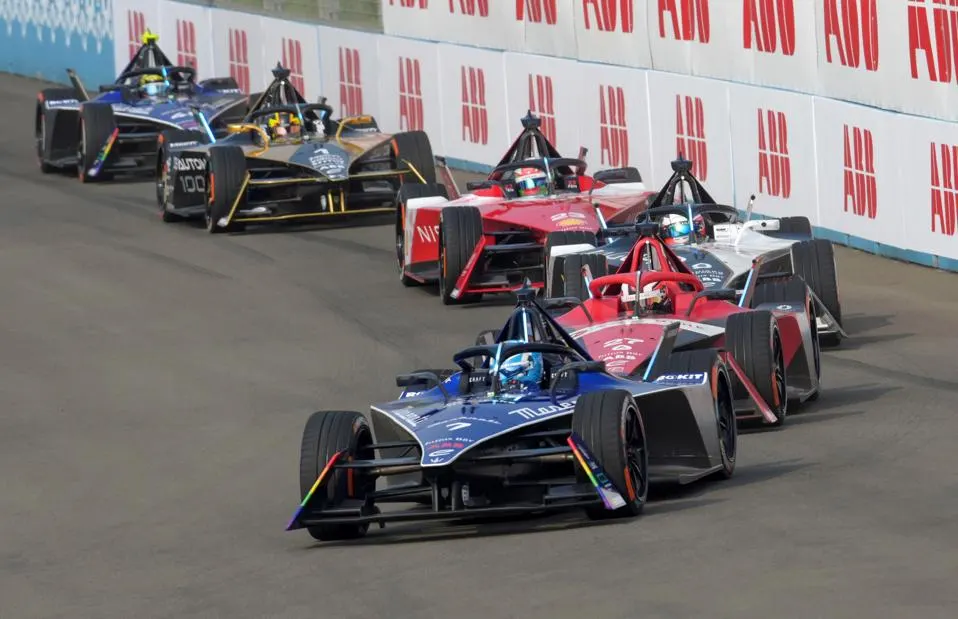Menu
Menu

Updated on Jun 14, 2023 | 4 min read
Motor racing has the potential to contribute to a sustainable future in several ways. While traditionally associated with high fuel consumption and emissions, the motorsport industry is actively working towards adopting sustainable practices and technologies.
Formula E has the potential to lead the way in sustainable transportation. Formula E, the all-electric racing series, has emerged as a powerful force with its focus on promoting electric mobility, advancing clean technologies, and raising environmental awareness. It’s core mission is to showcase the potential of EVs and drive the transition from fossil fuel-powered cars to electric cars. It will help in debunking the myth that EVs are slow or boring, encouraging wider adoption.
But currently the more prestigious of two events is Formula 1, it produces great world stars, takes place on iconic racetracks, and is still a socially widespread sporting event to this day. Will Formula E be able to keep up with Formula 1? Or can it become more important than the big brother?
Formula E Envision Racing director Sylvain Filippi believes that by 2035 we will have to make big calls on both segments as Formula E is quickly catching up it going to ask important questions soon – What are the big and important differences, how will Formula E grow in the next few years, and does it have what it takes to eventually replace Formula 1?
Currently there are some major and minor differences between Formula E and Formula 1. The crucial one is of course the engine. While the e-racing series runs exclusively with a battery that arose from a collaboration with McLaren Applied Technologies, Sony, and Lucid, Formula 1 uses a hybrid engine. A Formula 1 car creates a whopping 1000 hp, a Formula E vehicle “only” around 300 hp.
It would be too easy to play off the two premier classes of racing against each other. Because both classes have their place. Formula 1 for its long history, tradition, and relevance, and Formula E for its much more modern, sustainable, and exciting approach. Every motorsport fan enjoys several different racing competitions and will follow both classes with enthusiasm. A comparison of the two will always lag. It is therefore a good sign for Formula 1 that they have now switched to hybrid and the new entries in Formula E are part of the success story. Both racing classes deserve equal attention. After all, football fans don’t just watch the Champions League.

Content Writer
© 2024 Massive Mobility Private Limited. All rights Reserved